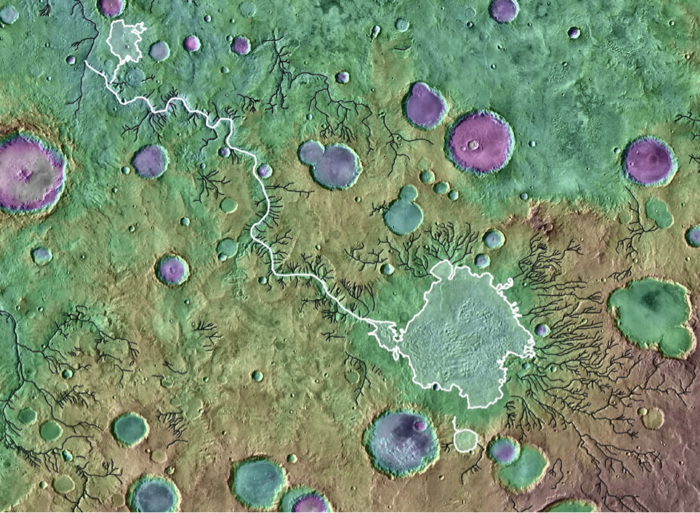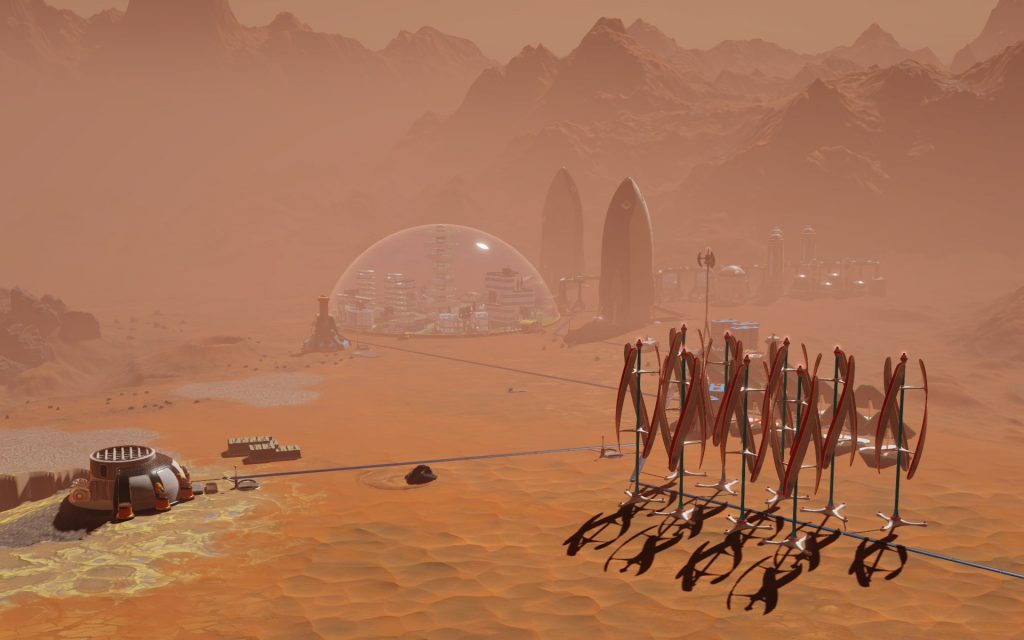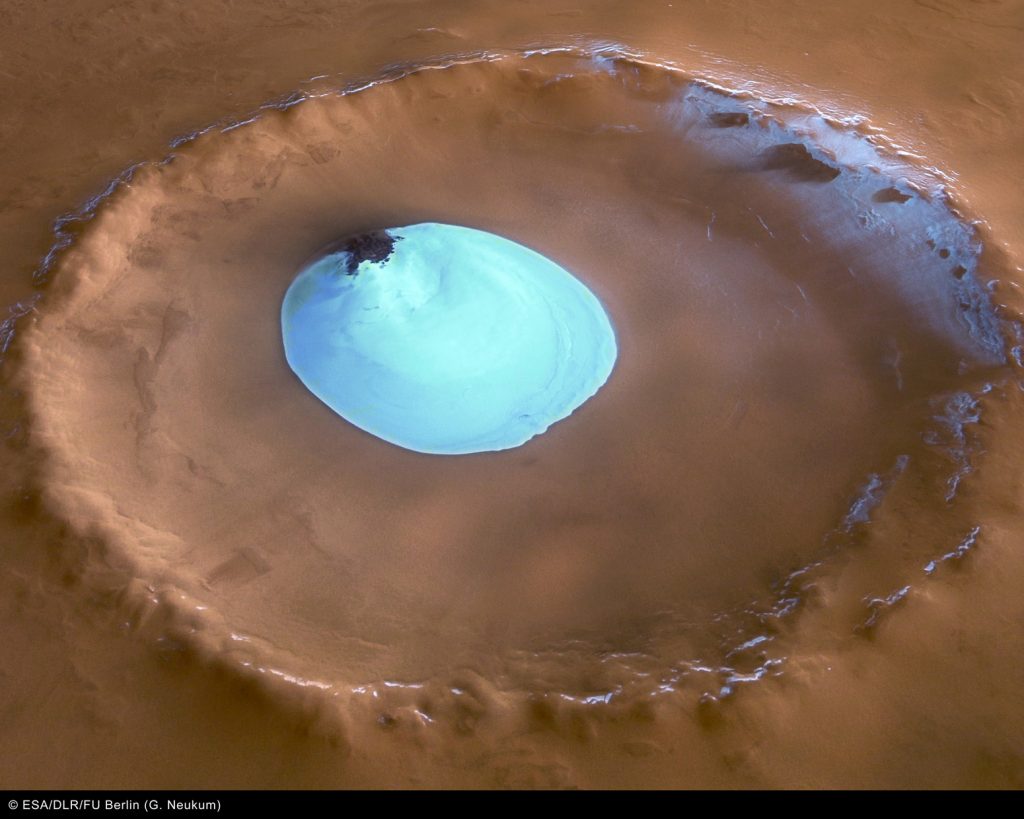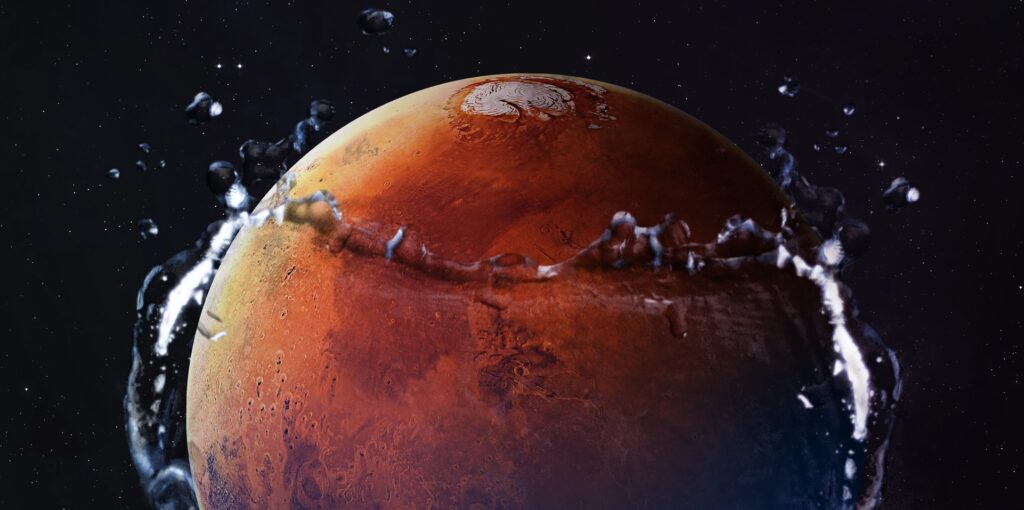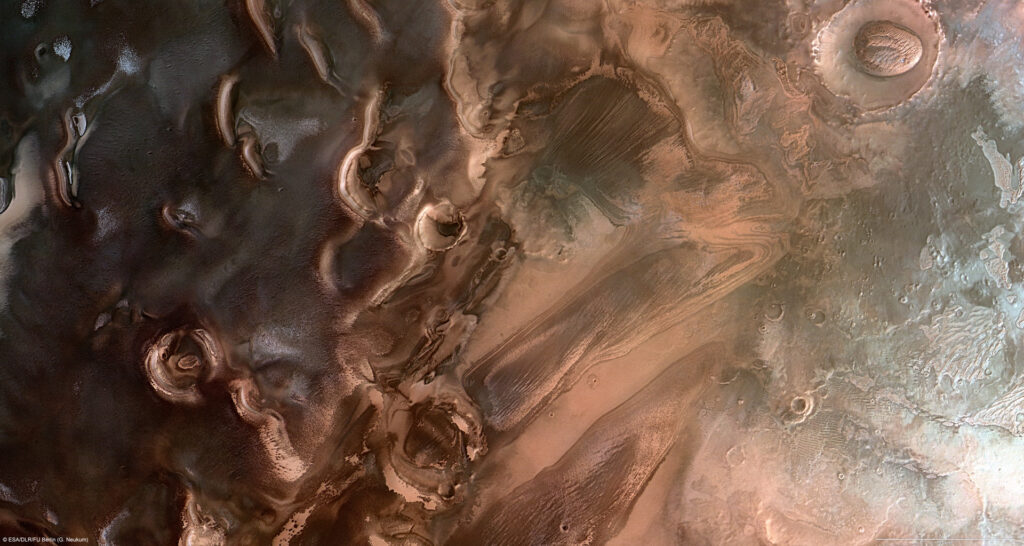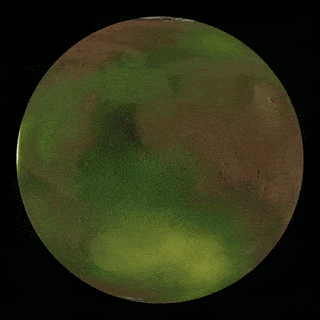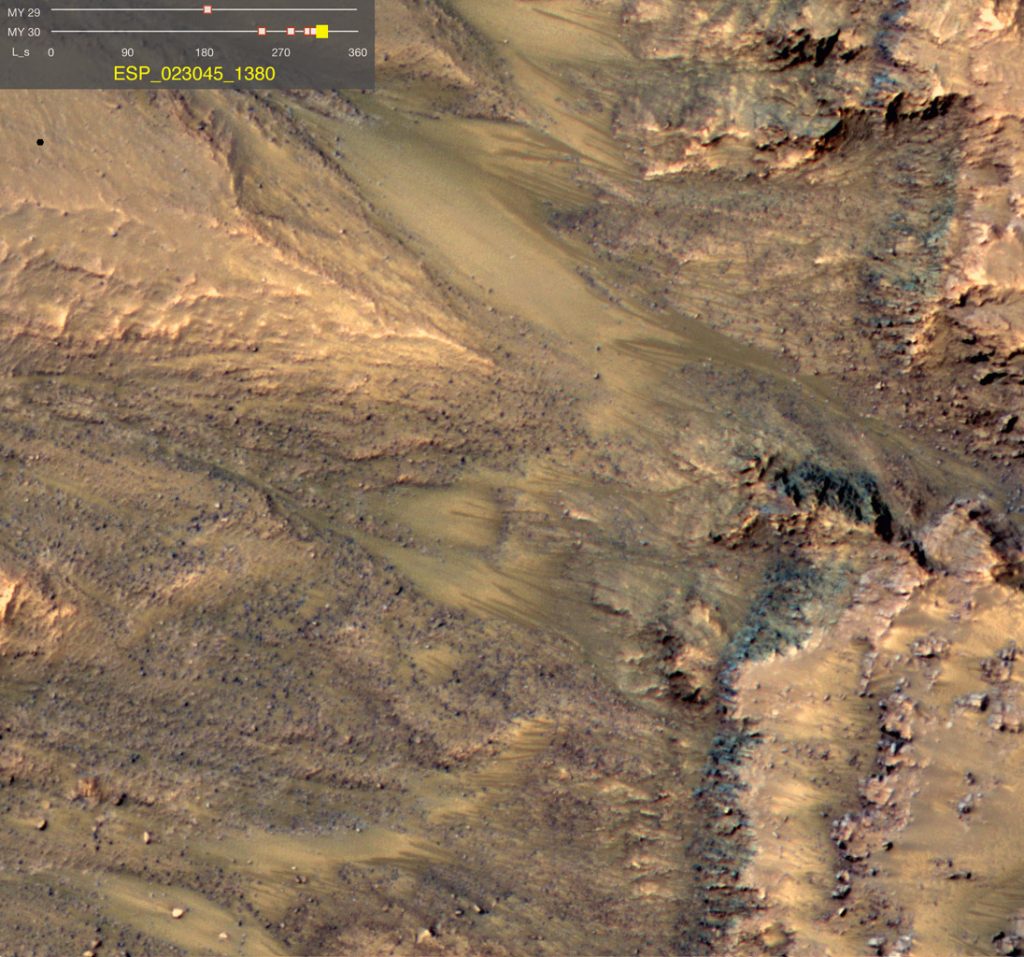Massive floods on Mars
Today, it's pretty dry on the Red Planet. But that wasn't always the case - quite the opposite, as researchers at the University of Texas at Austin can see from the way rivers and lakes have changed. On Earth, erosion by rivers is usually a slow process. On Mars, however, massive floods from overflowing crater lakes played a preeminent role in shaping the Martian surface, scouring out deep chasms and moving huge amounts of sediment. The study, published Sept. 29 in the journal Nature, shows that the floods, which likely lasted only a few weeks, removed more than enough…
